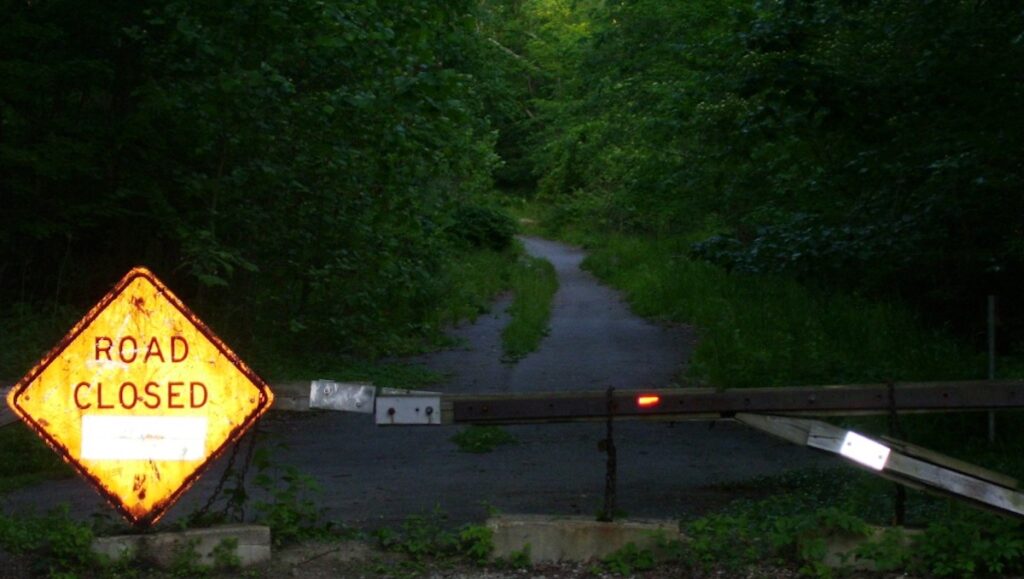When you hear the term “ghost town,” what comes to mind?
The Old West, or perhaps settlements that once sat upon abundant resources – oil or mining, for example – that are long since exhausted. Abandoned farming communities, industrial towns, and entire cities could all fit under the all-encompassing term of “ghost town.”
Geotab has worked to compile a list of over 3,800 ghost towns throughout the country, organized by state. It’s a truly remarkable list, and so thoroughly researched and presented that the towns’ brief descriptions give you a very real vision of what life must have been like in these cities, towns, villages, and communities when things were thriving and prosperous for all that lived or worked there.
We decided to take a look at few that really stood out to us, but we also encourage you to go on your own journey through some of these areas that now either stand abandoned and truly ghostlike, have become part of newer communities, or have altogether disappeared from existence.
Boston, Ohio – Better Known as “Helltown”
Since we are based in Ohio, let’s go ahead and start there. Boston Mills, also known as “Helltown” or Hell Town depending on who you ask (and not to be confused with Hell, Michigan, of course), was an active and thriving community from 1806 to 1974.
Boston Mills came alive primarily because of the Ohio and Erie Canals being built in 1827, which was the catalyst for all sorts of businesses that utilized the canals for transporting goods and merchants looking to do business in the now-bustling community.
Flash forward to the canal no longer being of use, and one would believe that to be the main reason for Boston Mills starting a slow spiral out of relevance. But as is usually the case, there is more to the story.
The town continued on, although not as a busy business hub, until the federal government started forcibly removing people from the homes to acquire the land to start what is now part of the Cuyahoga Valley National Park (you could certainly die in CVNP, like you could in any national park, but how many can claim it’s from a supernatural source?).
Conspiracies Surrounding the Fate of Boston Mills
It’s a simple enough explanation for the disappearance of Boston Mills, but to this day other conspiracies have attempted to explain Boston Mills’ current status as an abandoned ghost town.
One such theory is that the ghosts of children who died in a bus crash roam the Helltown Cemetery. At the same time, there is reportedly yet another unidentified ghost in the cemetery that quietly – and seemingly respectfully – haunts from a bench on the grounds.
But the one conspiracy that brought back personal memories for me is the rumor of churches in the town actually being home to cult or devil worshippers.
You see, I grew up in the somewhat nearby Maple Heights, and throughout my high school years as we got the freedom to drive, we would take turns chauffeuring a group out to look at one building in particular that was said to have had the devil’s pentagram on it. The goal, of course, was to get a few girls who had never seen the legendary building and embellish the story just a bit, with the goal of the young ladies being scared enough to need to be held by the brave young men in the group. You know, typical teenager stuff.
But did the building with the image actually exist? Well, that’s for me to know, and for the rest of you to let your imaginations run wild, as essentially all former evidence of Boston, Ohio was demolished by 2016. But that only enhances the urban legend, doesn’t it?
(Photo credit: Andrew Borgen)
